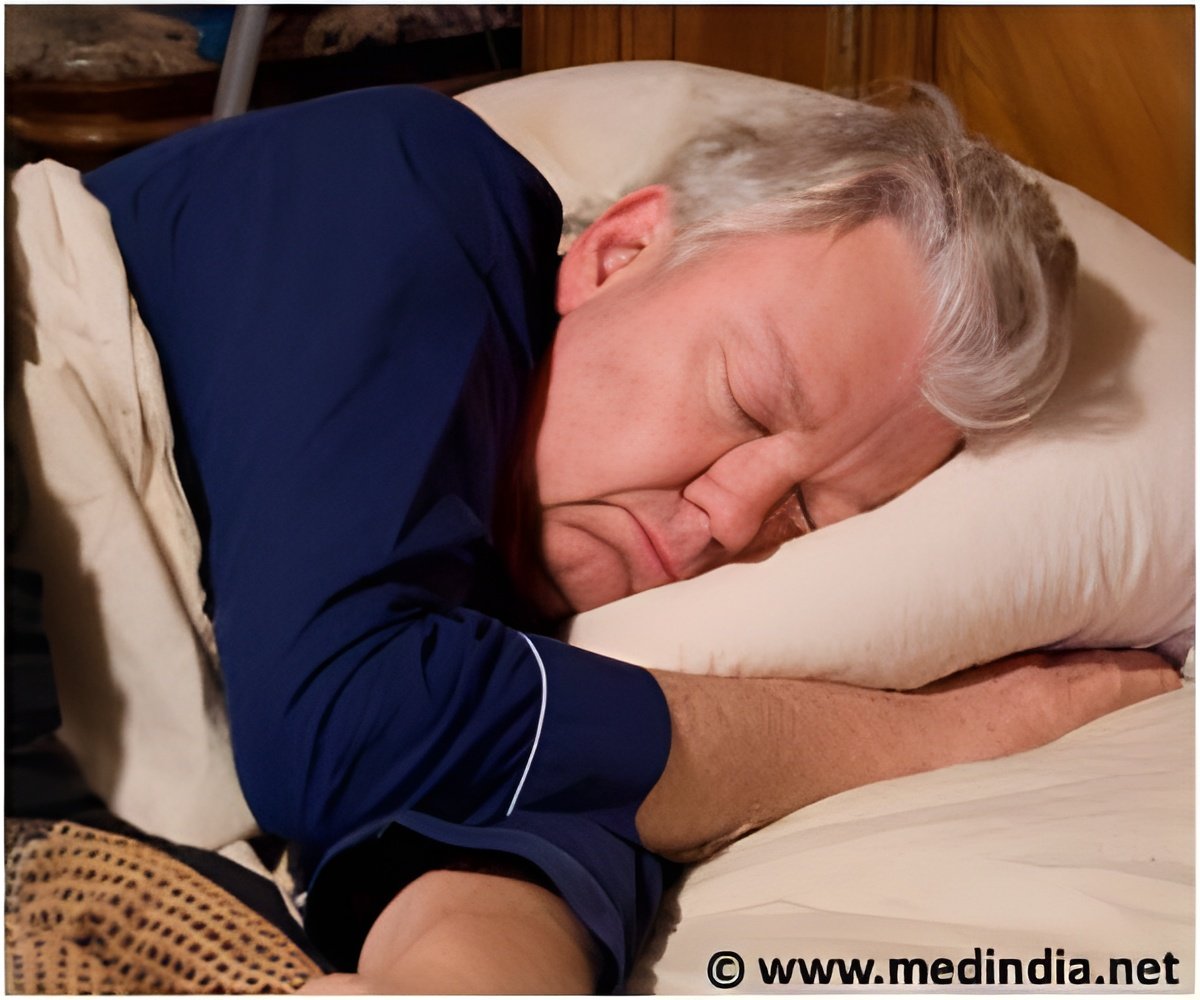Markers associated with Alzheimer's disease were found to increase linearly with severity of sleep-disordered breathing, say scientists.

The study will be presented at the ATS 2013 International Conference.
"It's really a chicken and egg story," said Ricardo S. Osorio, MD, a research assistant professor at NYU School of Medicine who led the study. "Our study did not determine the direction of the causality, and, in fact, didn't uncover a significant association between the two, until we broke out the data on lean and obese patients."
When the researchers did consider body mass, they found that lean patients (defined as having a body mass index <25) with SDB did possess several specific and non-specific biomarkers of AD risk (increased P-Tau and T-Tau in CSF, hippocampal atrophy using structural MRI, and glucose hypometabolism using FDG-PET in several AD-vulnerable regions). Among obese patients (BMI >25), glucose hypometabolism was also found in the medial temporal lobe, but was not significant in other AD-vulnerable regions.
"We know that about 10 to 20 percent of middle-aged adults in the United States have SDB [defined as an apnea-hypopnea index greater than 5] and that the number jumps dramatically in those over the age of 65," said Dr. Osorio, noting that studies put the percentage of people over the age of 65 with SDB between 30 and 60 percent. "We don't know why it becomes so prevalent, but one factor may be that some of these patients are in the earliest preclinical stages of AD."
According to Dr. Osorio, the biochemical harbingers of AD are present 15 to 20 years before any of its currently recognized symptoms become apparent.
Advertisement
Biomarkers for AD risk were found only among lean study participants with SDB. These patients showed a linear association between the severity of SDB and CSF levels of the biomarker P-Tau (F = 5.83, t=2.41, β=0.47; p< 0.05) and between SDB and glucose hypometabolism using FDG-PET, in the medial temporal lobe (F=6.34, t=-2.52, β=-0.57,p<0.05), the posterior cingulate cortex/precuneus (F=11.62, t=-3.41, β=-0.69, p<0.01) and a composite score of all AD-vulnerable regions (F=4.48, t=-2.11, β=-0.51, p<0.05). Lean SDB patients also showed smaller hippocampi when compared to lean controls (F=4.2, p<0.05), but no differences were found in measures of amyloid burden such as decreased Aβ42 in CSF or PiB positive scans.
Advertisement
The purpose of the new study would be to determine the "direction" of causality between SDB and preclinical AD in elderly patients. After an initial assessment, the patients would be given CPAP to treat their sleep apnea. After six months, they would be evaluated again for biomarker evidence of AD.
"If the biomarkers change, it may indicate that SDB is causing AD," explained Dr. Osorio. "If they don't change, the probable conclusion is that these patients are going to develop AD with or without CPAP, and that AD may either be causing the apneas or may simply coexist with SDB as part of aging."
Either way, Dr. Osorio believes the relationship between SDB and AD deserves further study. "Sleep apnea skyrockets in the elderly, and this fact hasn't been given the attention it deserves by the sleep world or the Alzheimer's world," Dr. Osorio said. "Sleep particularly suffers from an outmoded perception that it is an inactive physiological process, when, in reality, it is a very active part of the day for the brain."
Source-Eurekalert















